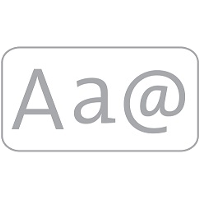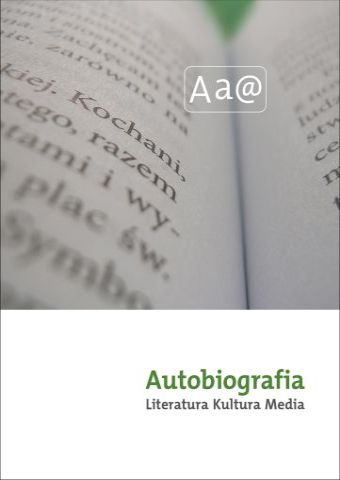






| Authors: |
Agnieszka
Gajewska
Uniwersytet im. Adama Mickiewicza w Poznaniu |
| Keywords: | Doris Lessing virtual history counterfactual history World War I pacifism |
| Data publikacji całości: | 2014 |
| Page range: | 11 (39-49) |
| 1. | The article presents an interpretation of Doris Lessing’s last novel Alfred and Emily – a patchwork |
| 2. | created from fragments of dictionary definitions and encyclopaedic entries, a selection of literary |
| 3. | quotes and a memoir about the writer’s brother. Broadly, the book is divided into two parts: |
| 4. | the first part is a fictitious biography of the author’s parents, whereas the second part contains |
| 5. | memories about them and their life in the bush. The second one supplements the first part with |
| 6. | historical facts and critical moments from the family’s life. By constructing an alternative story |
| 7. | about her parents, Lessing creates a counterfactual auto/biography by eliminating one historical |
| 8. | fact which had impact on their lives and brought painful losses. By focusing precisely on the |
| 9. | year 1914, Lessing tests ideas put forward by the British virtual history champion Niall Ferguson, |
| 10. | who, contrary to Marxist historiosophy, postulates that the history of the world is contingent. |